How to Choose Running Shoes

Buying a pair of properly fitted running shoes is one of the most important purchases a new runner can make. They can make the difference between a successful start to your running career and a negative experience fraught with injuries and discomfort.
A running specialty shop will be able to provide you with the assistance to be properly fitted for a pair of running shoes.
The Fitting Process For Running Shoes
A Kintec Fitting Expert will consider several things when they are assessing you for a new pair of shoes.
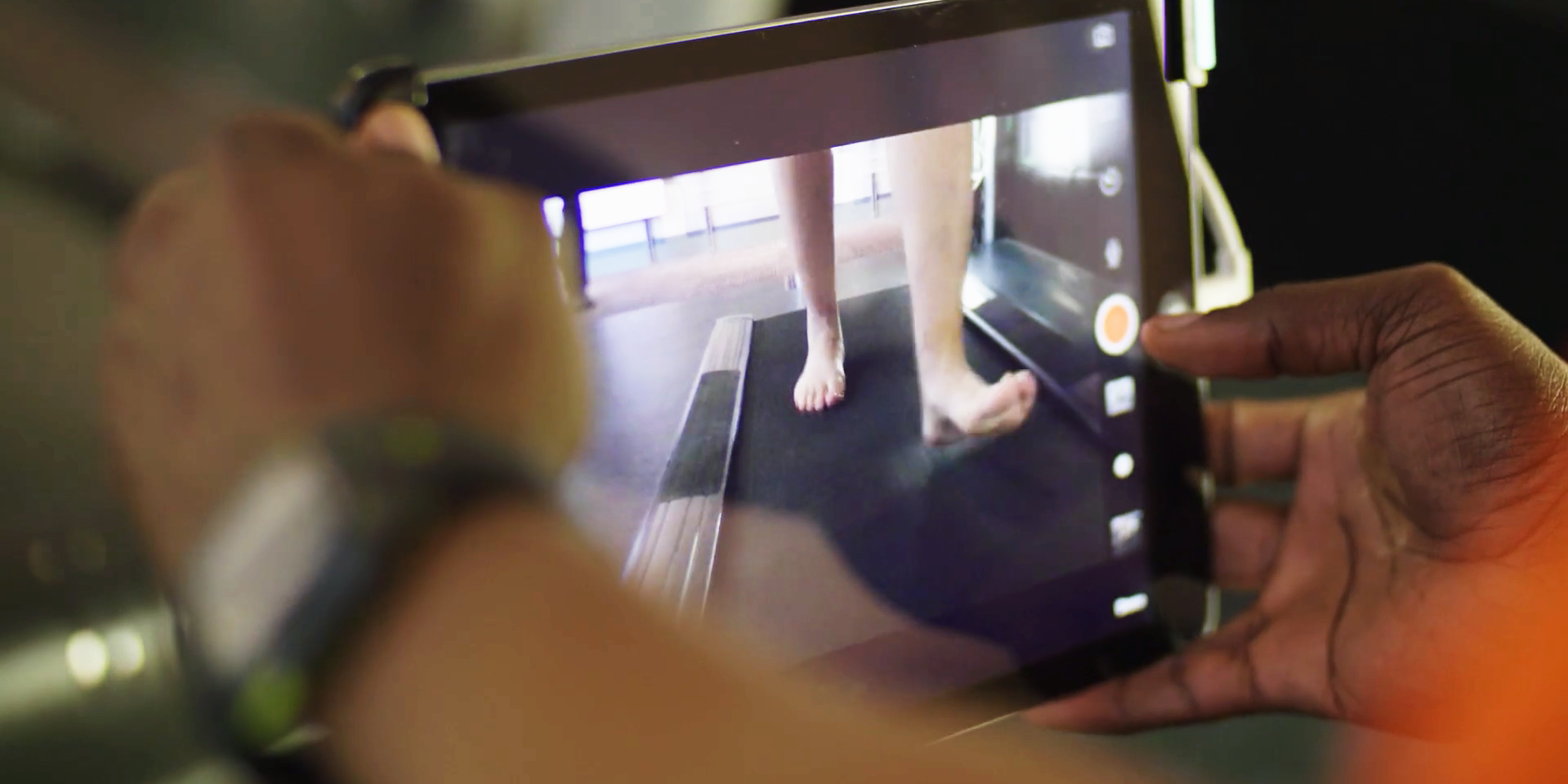
First, by watching you walk or run, they will be able to determine the type of shoe best suited for your foot.
The two main types of shoes are neutral and stability shoes. Generally speaking, a neutral shoe is for runners who do not excessively pronate and perhaps even supinated slightly. A stability shoe is for runners whose feet pronate or collapse inwards.
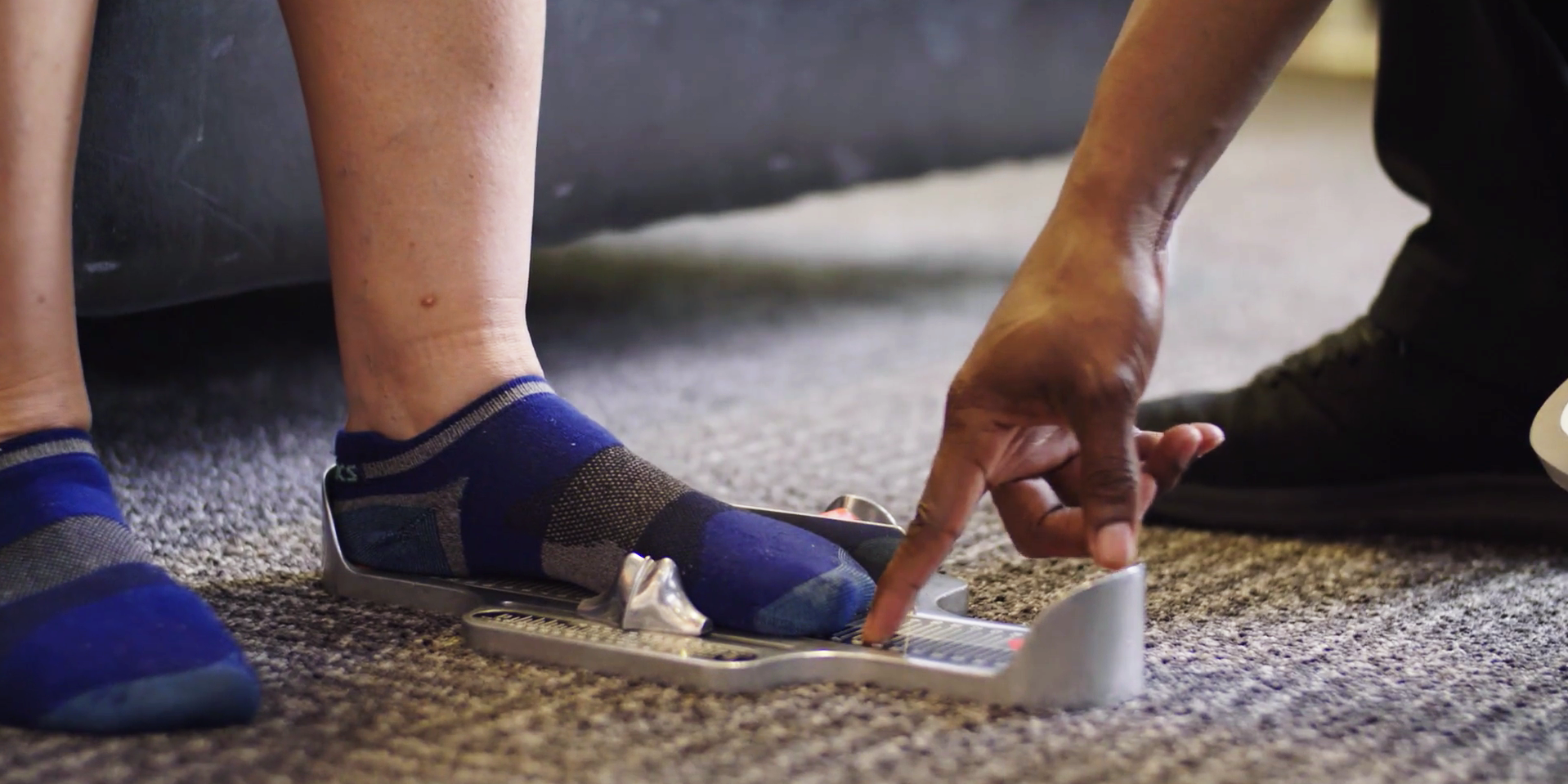
Next, they will consider the width and general shape of your foot. One of the most common mistakes runners make is buying shoes that are either not long enough, or too narrow. This can cause a myriad of issues such as blisters, pressure points, black toenails and premature wearing of the shoe.
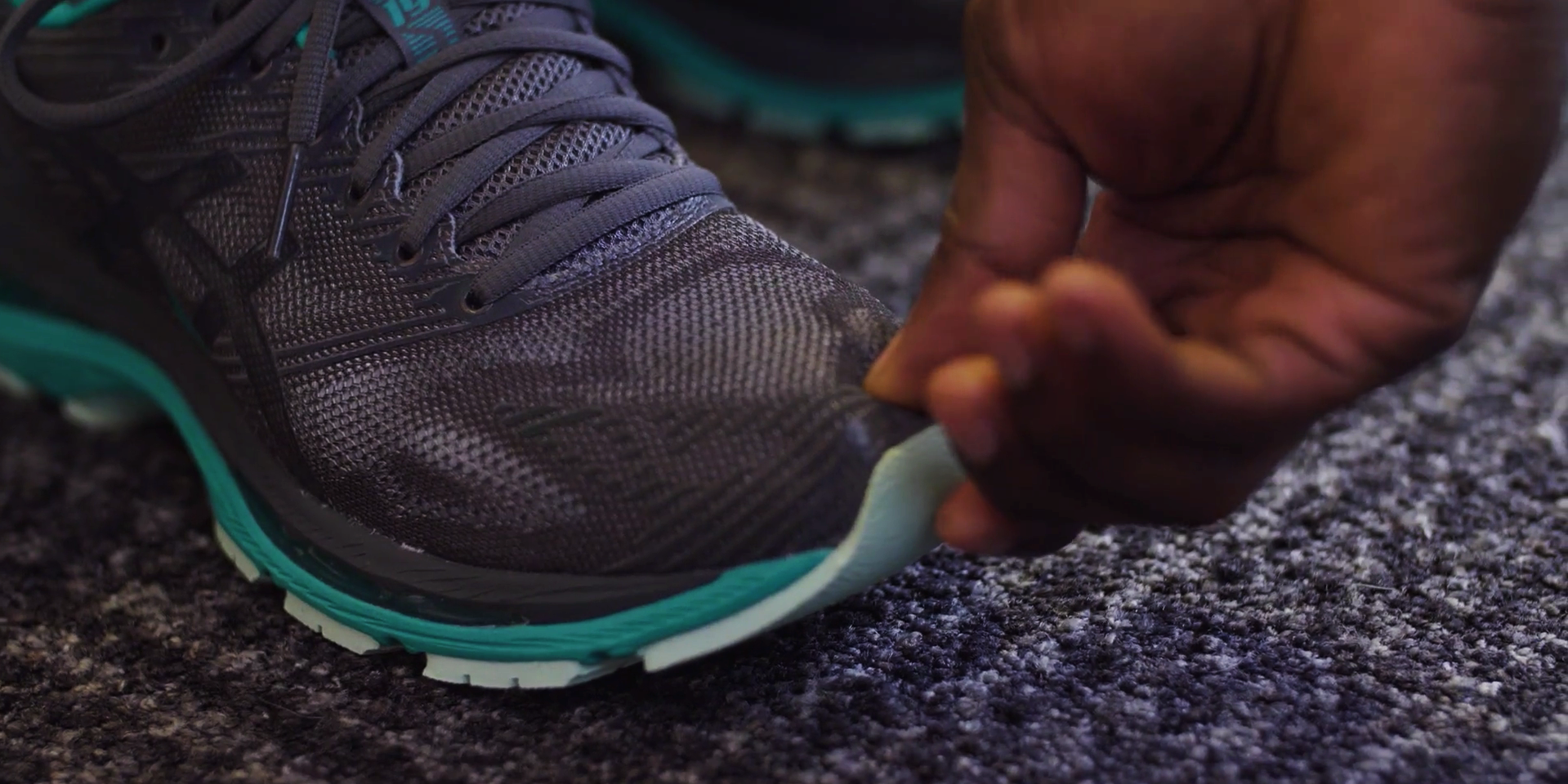
Finally, a Fitting Expert will also help you determine if you like a shoe with a lot of padding for better shock absorption and comfort or if you would like a shoe that is a little firmer.
After buying shoes, it is always a great idea to wear them around the house for a least an hour. This will help determine if it is comfortable over a longer period of time. If you feel any discomfort, return to the store to try a different shoe.
The lifespan of a running shoe for an average runner is about 400-600 km or 6 months. It is important to replace your shoe regularly.
Running is a high impact sport with very repetitive motions. Because of this, running in old shoes can lead to injuries. The most common conditions associated with this are plantar fasciitis and Iliotibial Band Syndrome.
Types of Shoes
There are several different types of running shoes.
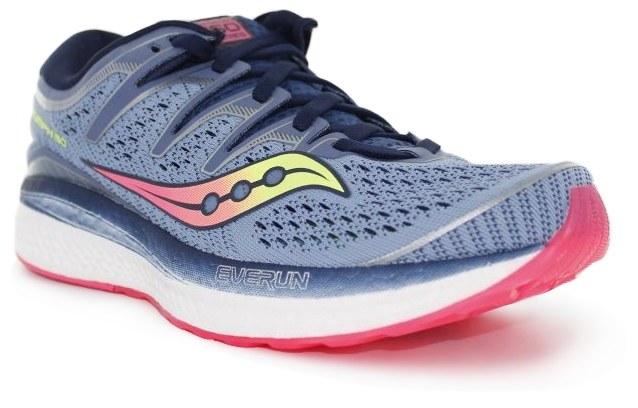
Road Running
The standard road shoes will have around a 30mm to 20mm of padding or stack height and about a 10mm to 12mm heel to toe offset.
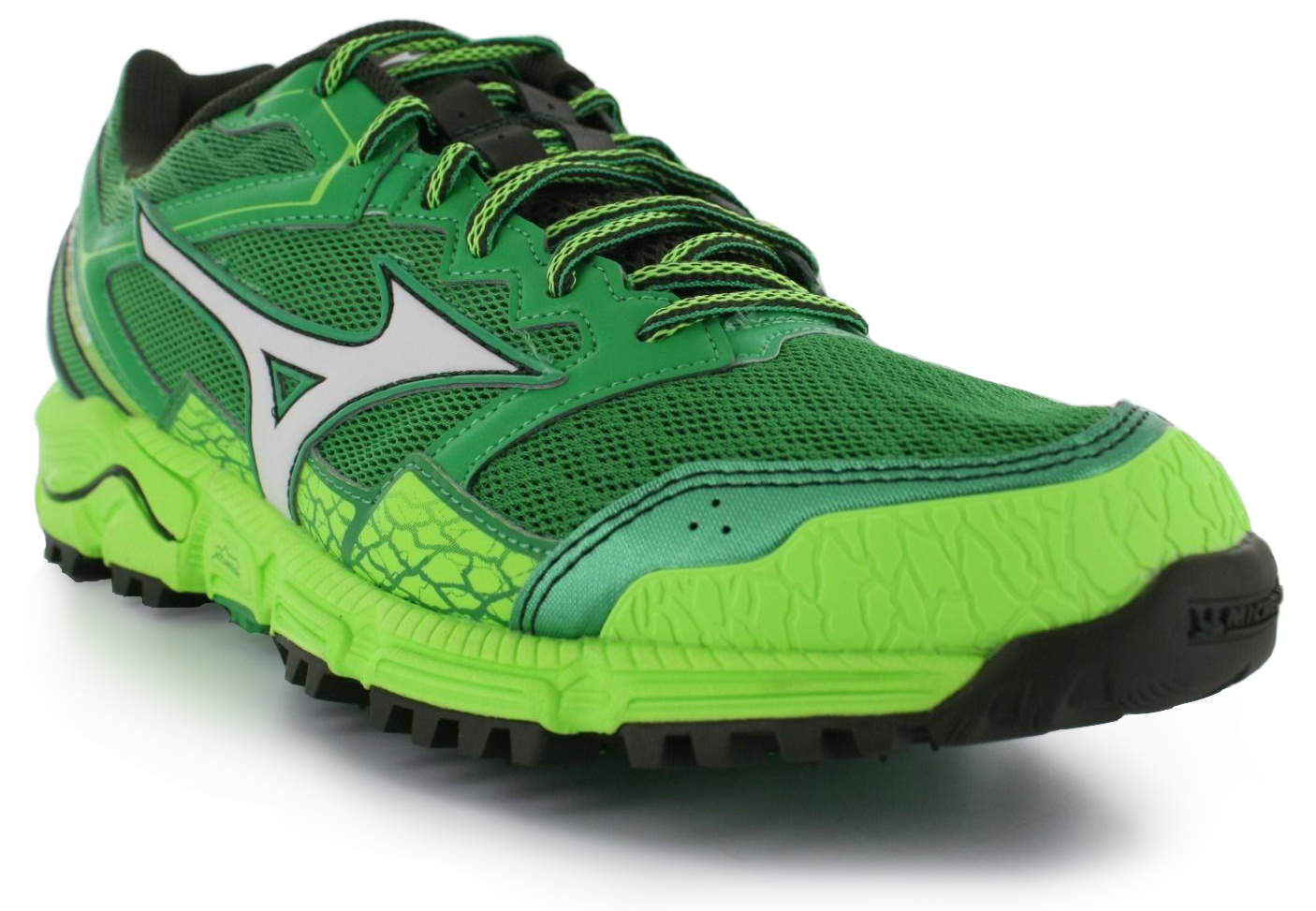
Trail Running
Trail-specific shoes are normally characterized by their aggressive lugs and lower profile design. Within those two main categories of shoes, there are the subcategories of minimalists and maximalist shoes.
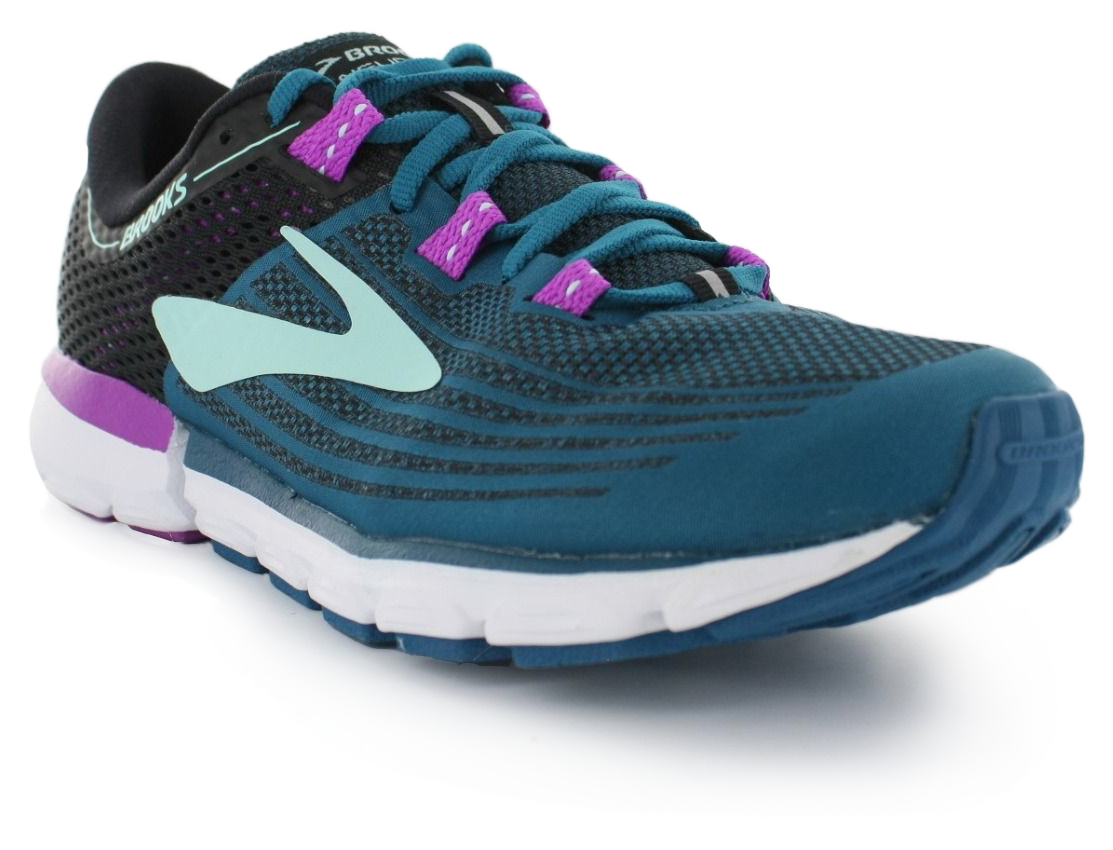
Minimalist Running
Minimalist shoes have, as the name indicates, has minimal padding and usually have less than 4mm heel to toe offset. They can help improve form through better proprioception, as well as strengthen your feet. However, if you are familiar with minimalist shoes, too much too soon can cause injury.
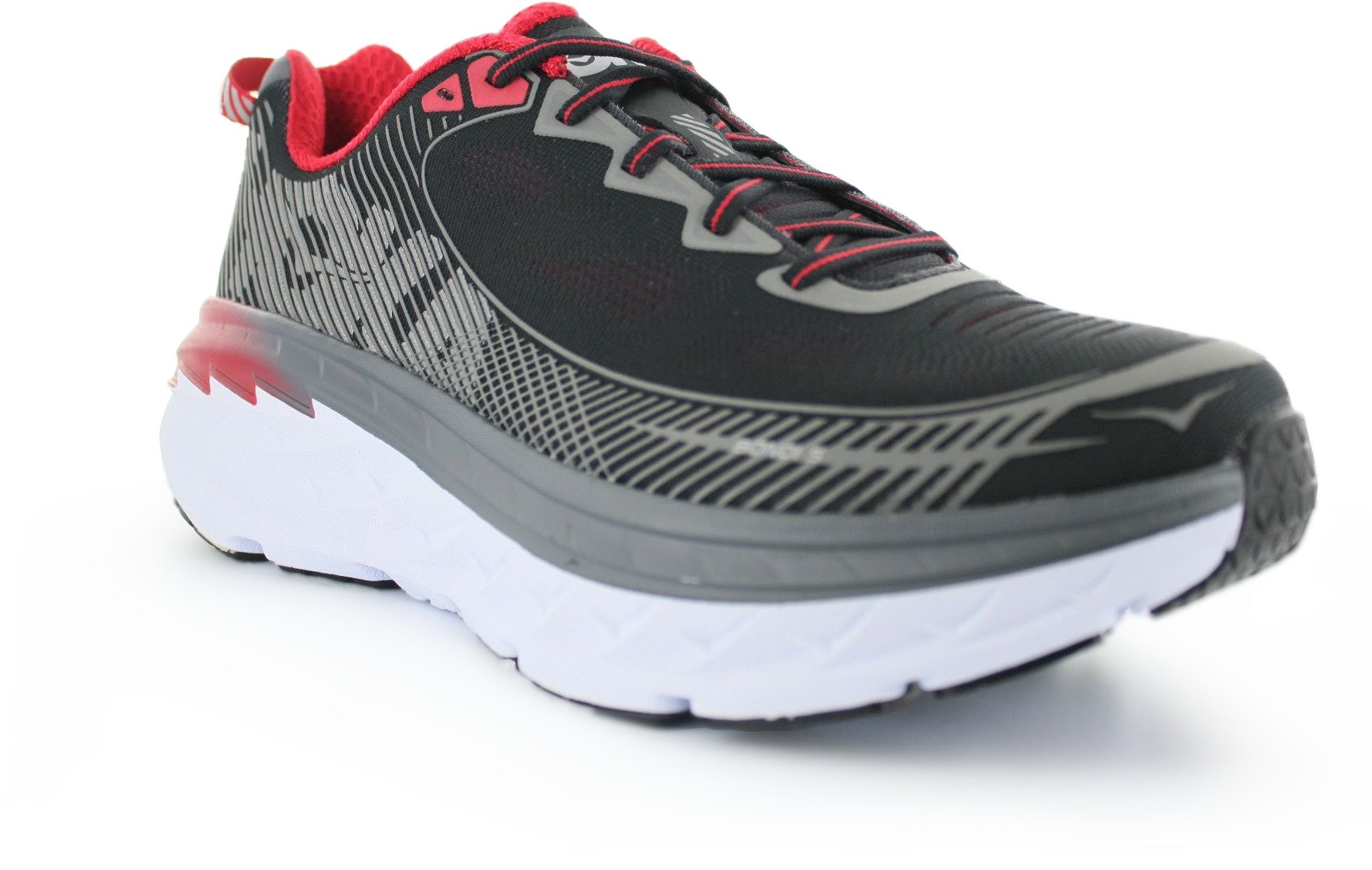
Maximalist Running
Maximalist shoes are named after their large amount of cushioning. They often have a fairly rigid sole and aggressive forefoot rocker. This helps improve the fluidity of the toe-off in the gait cycle. These can be excellent shoes for runners who are looking for comfort and require a high amount of shock absorption.
Find The Right Running Shoes For You
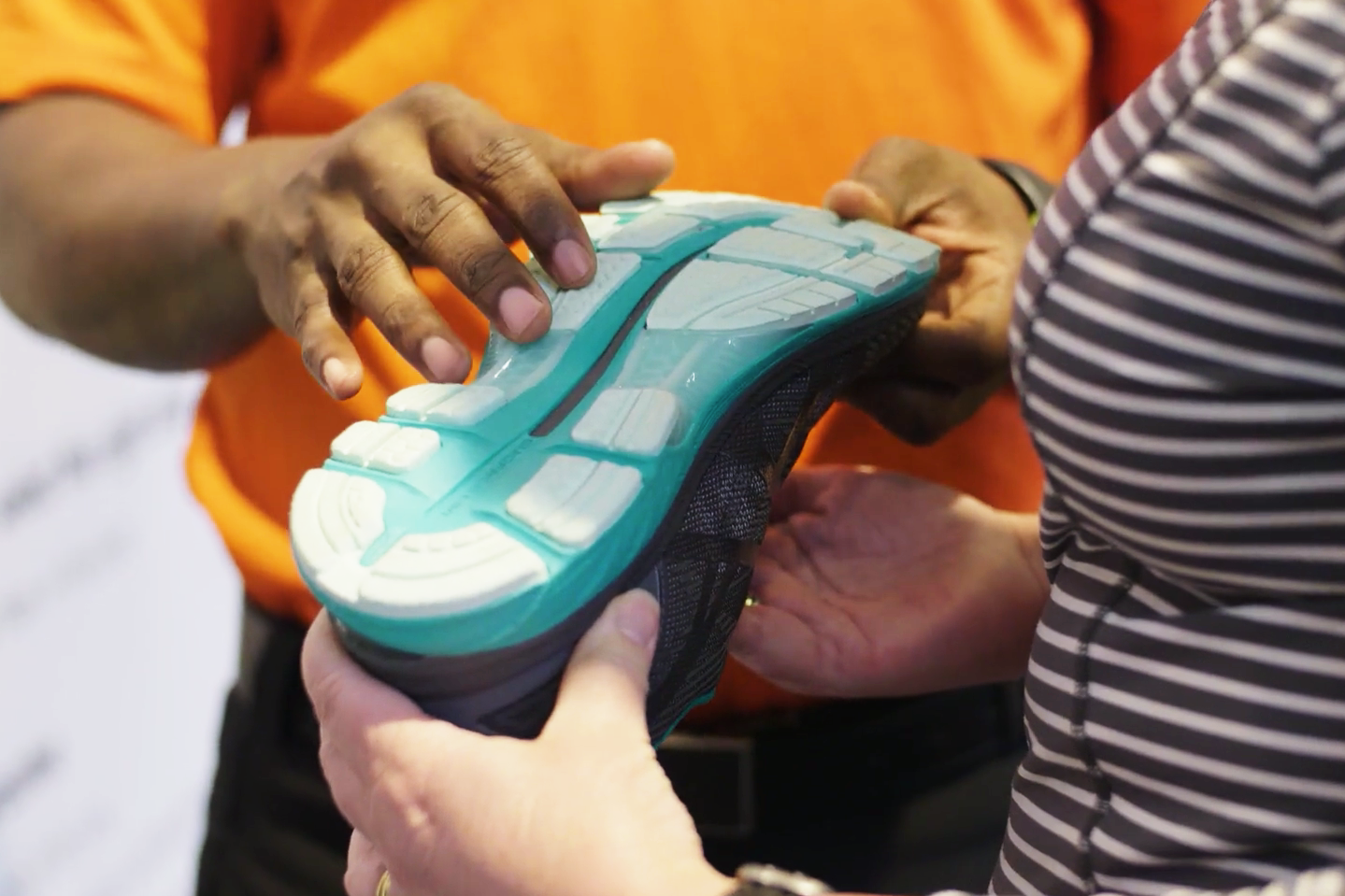
Today, there are lots of different options of shoes available for runners.
Now, it is important to spend a little time finding the right running shoe for your foot.
Your body will thank you!
No Comments